Blog Series on SLP and MT Collaboration: Part 3
The purpose of this blog series is to advocate for the collaboration of speech therapy and music therapy.
(If you missed the list of the blog posts that will be included in this series, click here!)
Part 3. Session Plans and Ideas!
(Don’t forget to take a look at all of the FREE downloads at the bottom of this post!!)
To bypass oodles of scrolling, I’ve put all of the ideas into one Powerpoint: Click here to view it:
(and don’t worry, you won’t be automatically downloading it…but the website will give you the option to do so, if you desire!)
Using songs that focus on enunciation and articulation can contribute to the patient’s phonological awareness and provide them with many opportunities to practice the phonemes on which they are focusing in their speech therapy sessions. For instance, if the patient is working on articulating the phoneme /b/, then the music therapist may choose a song such as, “Bubbles” (see link below) – a tune that focuses on /b/ in the initial position. Embedded within the song are many repetitions and, therefore, opportunities for the patient to say and practice the letter /b/ (AND, you can use real bubbles!!) 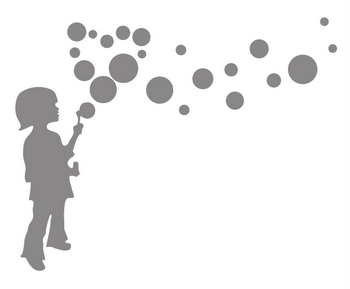
In addition to working on enunciation and articulation skills, music sessions can also support the patient’s learning of the sequencing of sounds, as well as listening and discriminating words within the songs (Zoller, 1991). Auditory discrimination tasks, such as listening for when there is sound versus no sound, can be easily used in musical activities. One such activity could involve the therapist playing musical instruments behind a barrier or screen while the patient is required to listen and focus their attention on when the sound is being played, or even, after practice, training, and time, be asked to identify which instrument is being played (see “The Instrument Game” below).
The patient’s AAC device, such as using signs or gestures, pointing to pictures in a communication book, or using a computer-based device with synthesized speech output, can all be utilized in the music intervention. For example, the word “hello” can be recorded on the patient’s Big Mac button device, which can allow the patient to participate in the hello song, when cued.
It is important for the therapist to instill a sense of active listening in the patient, rather than just “looking”. This shift in focus of attention can support the focused music listening. Acoustic highlighting is another technique that should be considered when working with patients with communication disorders. This consists of putting extra emphasis on the key words that the therapist wants the patient to hear. By using visual clarifiers, the therapist can help the patient pair the sound and what word or object that sound represents – creating a clear, direct connection or relationship for the patient.
This information may have a better chance of being communicated to the patient through the use of slower speech, as a rapid rate of presenting acoustic information could be quite difficult for a patient with a receptive language disorder. However, while this is an important and appropriate communication technique, the speech should not be so slow that it becomes unnatural. Finally, the MT should give ample processing time for the patient to understand all of the complex speech skills that may be new to them (McConkey Robbins, 2000).
Other songs, ideas, and visuals:
The Instrument Game! – By Rachel Smith (See slideshow for further explanation)
Occupation visuals (check out HOW I use them here)
Mary Wore a Red Dress visuals — I tweaked the original song a bit and added verses like, “Johnny wore a blue hat, blue hat, blue hat, Johnny wore a blue hat, all day long”. THEN, you can have the kids look at another person in the group (encouraging eye contact, of course!) and leading the group in singing about what Suzy is wearing that day. There are LOTS of things you can do with this song.
10 Little Speckled Frogs (this will always be one of my “back pocket” session ideas)
My Pinterest Pages:
Rachel See Smith, MA, MT-BC, is a board-certified music therapist with a B.A. in communication disorders from Truman State University and a M.A. in music therapy from the University of Iowa. She currently works as an independent music therapy contractor in Austin, Texas, and maintains an informational music therapy blog, exploremusictherapy.wordpress.com and the online paper, “The Collaborative Therapist”: http://paper.li/RachelSeeSmith/1311918262. To read about Rachel’s private practice, visit: www.musictherapyservices.net.
Comments are closed.
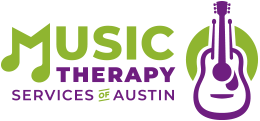


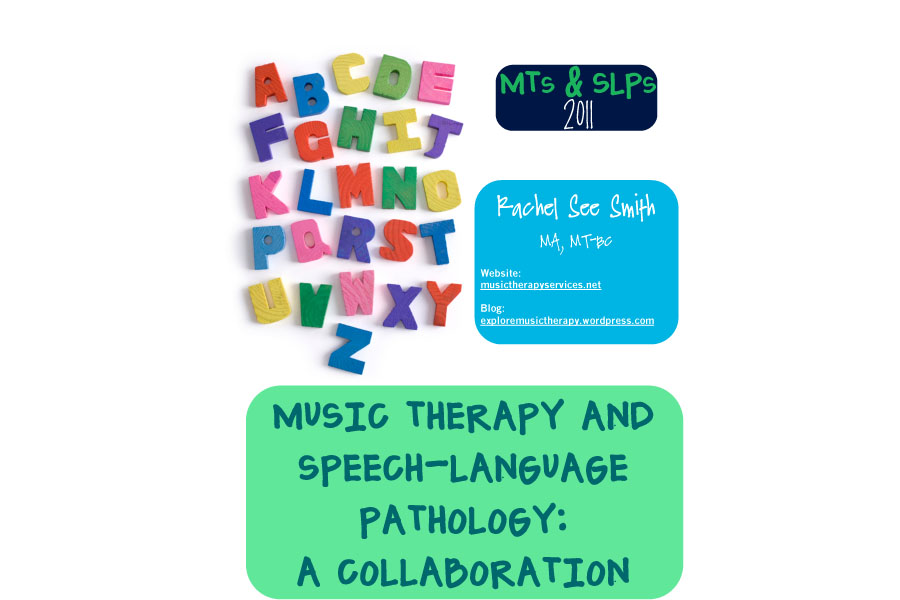
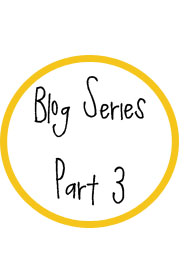
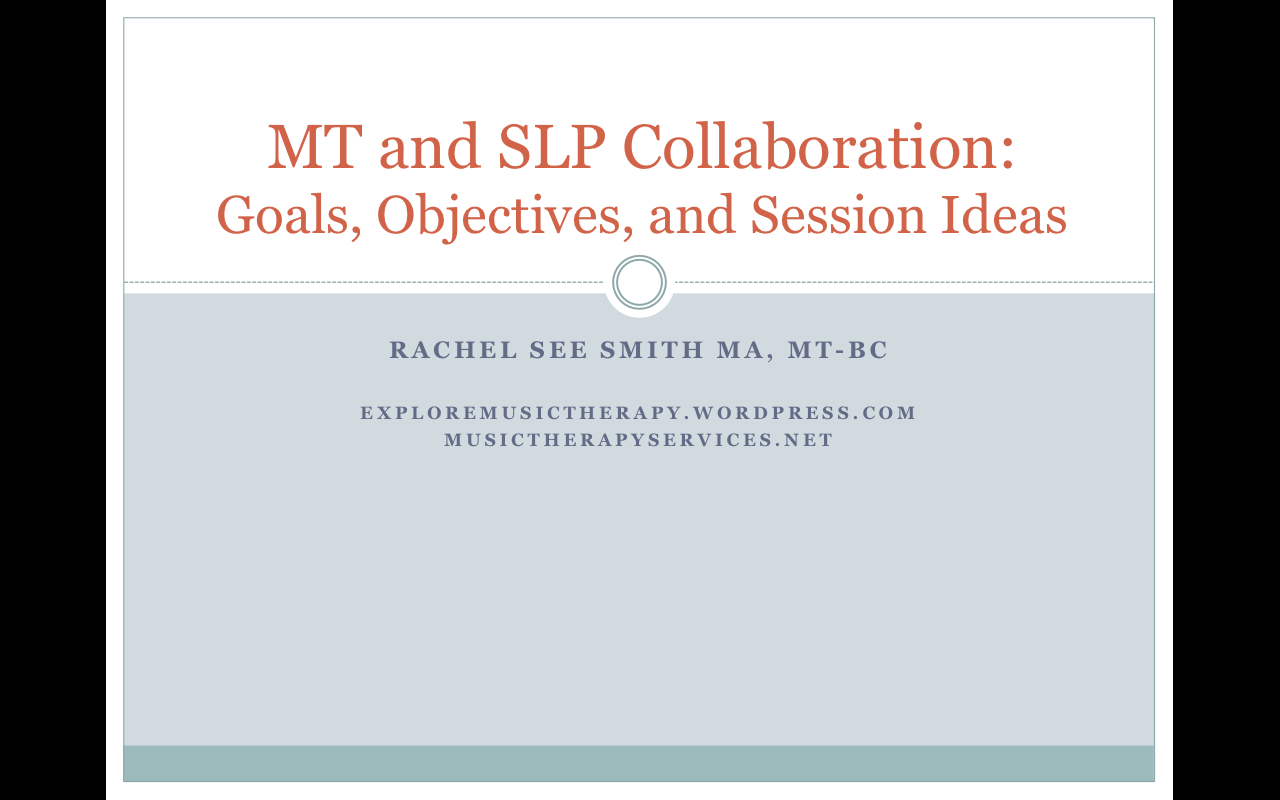

this is a great series idea! I definitely think that there are a lot of parallel ideas and goals between speech and music therapy. Do you think that incorporating movement/physical therapy would be too confusing or would it add another dimension of understanding?
Thanks, Laura! I definitely think that a holistic approach is best! I’m a big advocate for collaboration between all therapies — OT and PT, as well! In my opinion, I don’t think it would be confusing if the OT/PT/SLP/MT had the time to plan accordingly. However, time is not easy to come by! But, with SO many computer apps/skype/various technologies out there for “virtual” meetings, I think the world of collaboration will benefit greatly and continue to thrive!
Thanks so much for voicing your opinion — I love hearing your thoughts on this topic!
Pingback: A Few of My Favorite Songs for Sessions « Explore Music Therapy